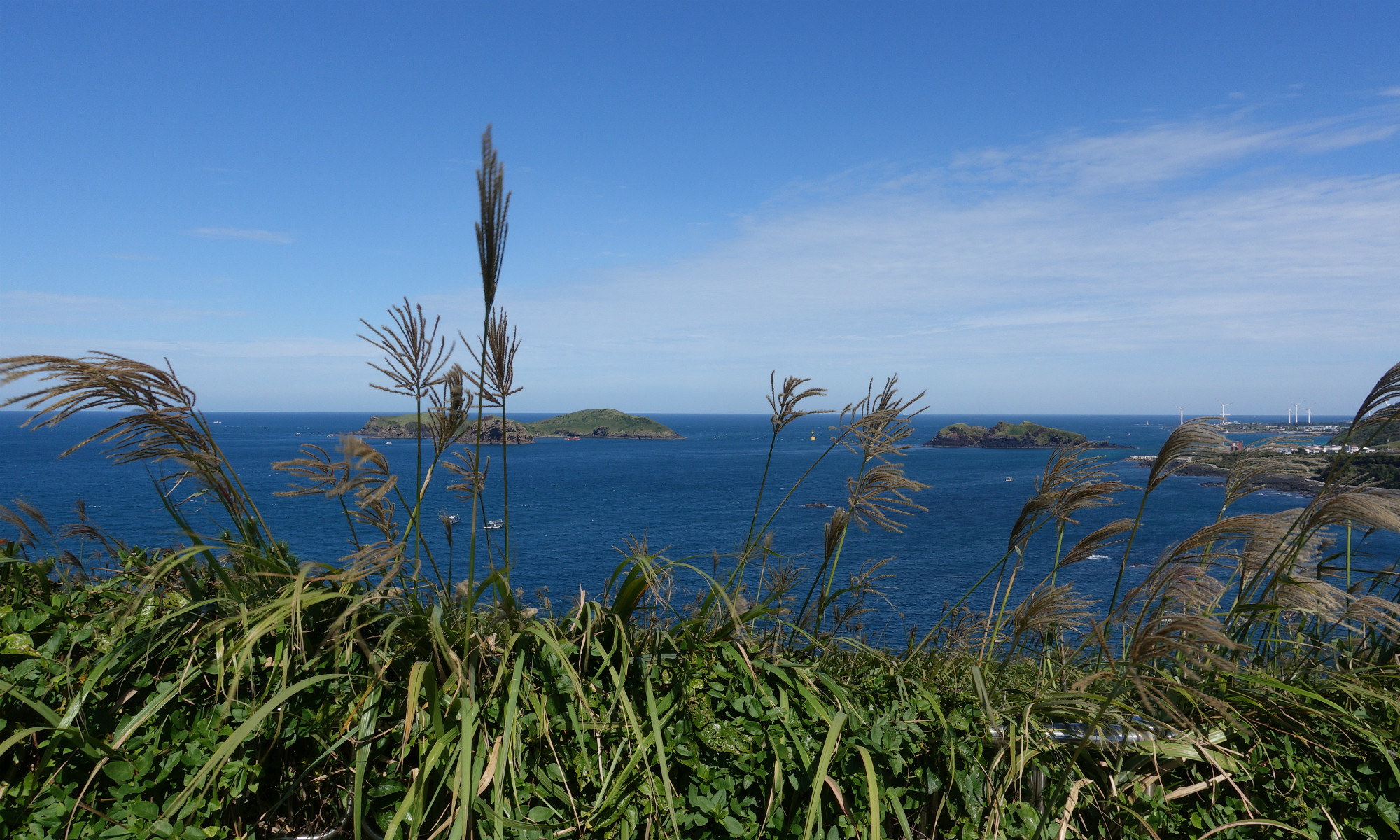Daerim (Guro-gu Office) Station is a station on the Seoul Subway Line 2 and Line 7. The station is located just south of the Han River in Yeongdeungpo-gu. The Line 2 station is elevated, while the Line 7 station is underground.
Seoul National Cemetery – 국립서울현충원
The Seoul National Cemetery (Hangul: 국립서울현충원) is located in Dongjak-dong, Dongjak-gu, Seoul, South Korea. When established by presidential decree of Syngman Rhee in 1956, it was the country’s only national cemetery. As the cemetery reached capacity in the early 1970s, Daejeon National Cemetery was established in 1976. Both cemeteries had been overseen by the Ministry of Defence (South Korea) until 2005 but in 2006 the Daejeon National Cemetery was transferred to the Ministry of Patriots’ and Veterans’ Affairs (South Korea).
The cemetery is reserved for Korean veterans, including those who died in the Korean independence movement, Korean War, and Vietnam War.
In August 2005, controversy was stirred by the visit of a North Korean delegation to the cemetery. The delegation was led by Kim Ki-Nam, and numbered 182 officials. The visit not only sparked outrage among those opposed to warmer relations with the North, but also raised fears that a future delegation from the South might be expected to pay their respects to Kim Il-sung in Pyongyang.
The late president Kim Dae-Jung was interred there on Aug 23, 2009.
The Seoul National Cemetery is near Dongjak Station on Seoul Subway Line 4 or Seoul Subway Line 9. Except for some special days, normally, the Seoul National Cemetery allows access to the public.
Changdeokgung Huwon -창덕궁 후원
Secret Garden of Changdeokgung Palace lies the 78-acre (32 ha) Huwon (후원, 後苑, Rear garden) which was originally constructed for the use of the royal family and palace women. The garden incorporates a lotus pond, pavilions, and landscaped lawns, trees, and flowers. There are over 26,000 specimens of a hundred different species of trees in the garden and some of the trees behind the palace are over 300 years old. The garden for the private use of the king had been called ‘Geumwon’ (금원, 禁苑, Forbidden garden) because even high officials were not allowed to enter without the king’s permission. It had also been called ‘Naewon’ (내원, 內苑, ‘Inner garden’). Today Koreans often call it ‘Biwon’ (비원, 秘院, Secret garden) which derived from the office of same name in the late 19th century. Though the garden had many other names, the one most frequently used through Joseon dynasty period was ‘Huwon’.
In September 2012, the Buyongjeong pavilion in the garden was re-opened after a year-long restoration project. The pavilion was restored based on the Donggwoldo from 1820, National Treasures of South Korea No. 249.
A variety of ceremonies hosted by the king were held in Huwon. In the early period of the Joseon dynasty, military inspections in which the king participated were often held here. King Sejo had troops parade and array before him or commanded them by himself in the garden. In addition, feasts were given, archery tournaments held, and fireworks enjoyed in Huwon.
The Ongnyucheon (옥류천, 玉流川, “Jade Stream”) area is of particular interest. It contains a U-shaped water channel carved in 1636 for floating wine cups, with a small waterfall and an inscribed poem on the boulder above it. The area also contains five small pavilions.
